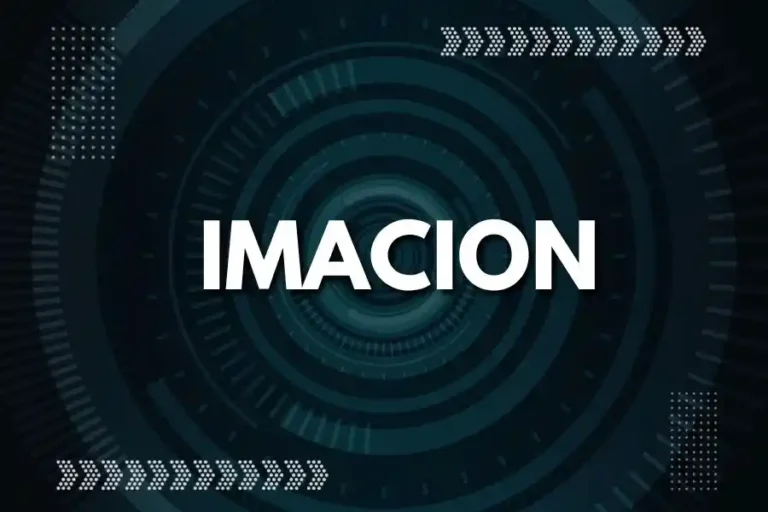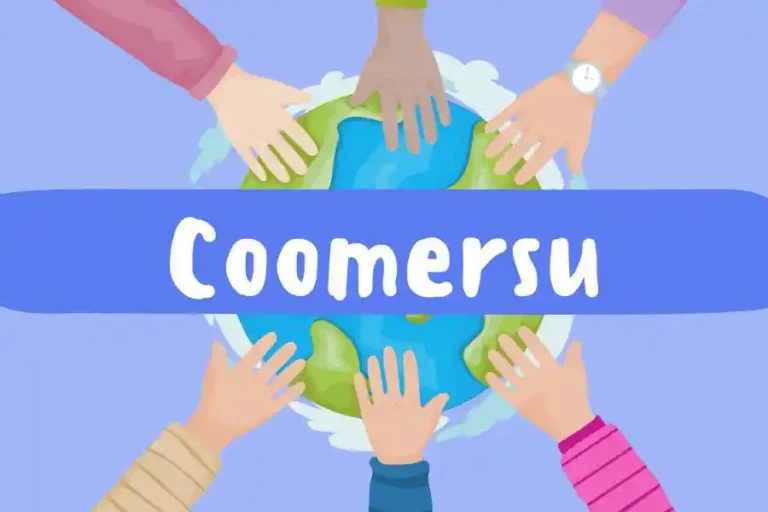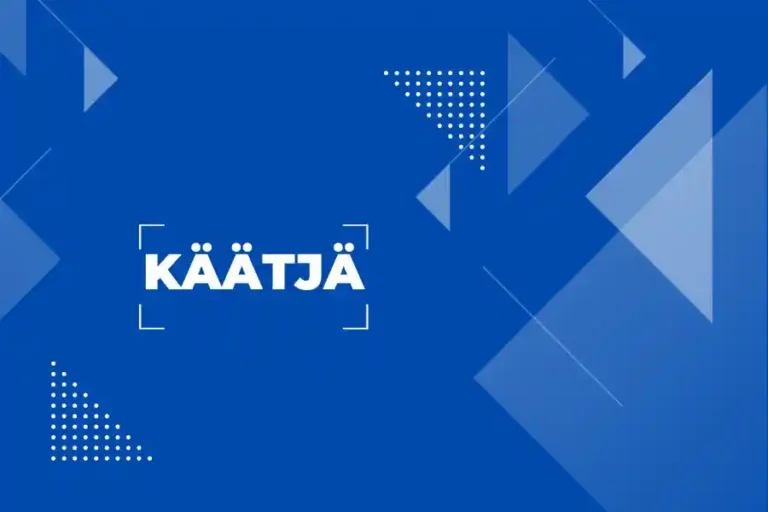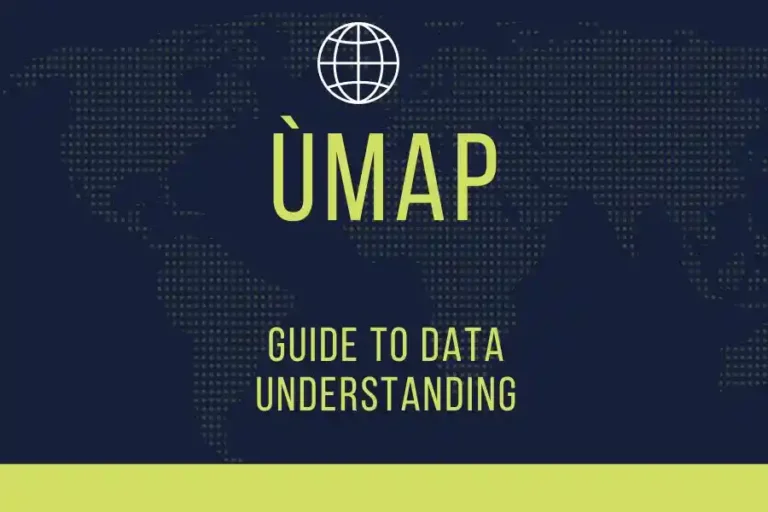The Magic of Überzetsen: A Deeper Dive into the World of Translation
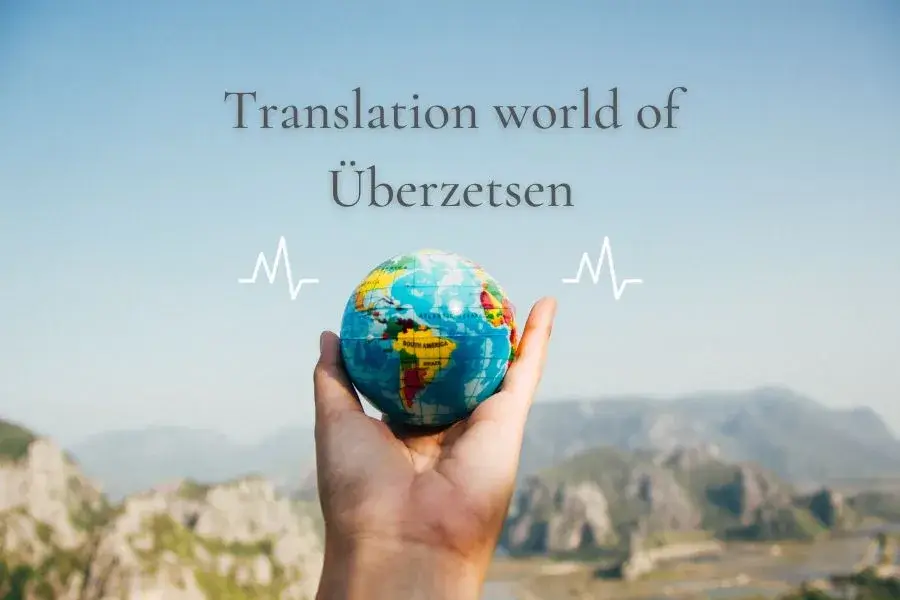
Have you ever marveled at the seamless translation of your favorite foreign books, movies, or songs? Enter the realm of überzetsen, a term originating from Germany that encapsulates the intricate art of translation. It’s not merely a mechanical task of transposing words; überzetsen is a creative, culturally infused process that requires a touch of poetic flair. In this exploration, we’ll delve into the hidden complexities of überzetsen, going beyond the surface to uncover the nuances that make it a unique and vital craft in our interconnected world.
Understanding Überzetsen: More Than Words
At its core, überzetsen is the transcendent art of translating ideas, concepts, and meaning across languages. Unlike a mere word-for-word substitution, überzetsen aspires to convey the essence and spirit of the source material. Imagine it as a bridge connecting cultures, allowing the beauty of one language to be appreciated by those who speak another.
The Überzetsen Process: A Symphony of Language and Culture
To embark on the überzetsen journey, one must first immerse themselves in the source material. It’s not just about comprehending the words; it’s about grasping the deeper ideas and intentions behind them. This involves multiple readings, allowing the concepts to permeate the translator’s mind.
After this immersion, the translator steps back to digest and interpret what they’ve absorbed. The goal is not a mechanical conversion of words but a careful selection of words, phrases, and styles in the target language that embodies the internalized meaning. The translator aims to evoke in the audience the same reactions and reflections that the source text elicited in them.
Überzetsen demands patience, intuition, and a profound appreciation for the source and target languages. It’s not just about linguistic talent; it’s about capturing the shared humanity that unites diverse tongues. Through überzetsen, ideas become a universal language, transcending the barriers of words.
The Evolution of Überzetsen: From Literal to Literary
The translation landscape has undergone a metamorphosis since the days of literal word-for-word substitution. Überzetsen emerged as a sophisticated approach in the 1950s and 60s when linguists and translators recognized the limitations of direct translations. The focus shifted from words to messages, from literal meanings to the essence and spirit of the text.
Two Pillars of Überzetsen: Message and Adaptation
Überzetsen stands on two key principles that distinguish it as an interpretive approach:
Focus on the Message: Translators delve into the author’s purpose and the contextual nuances surrounding the text. Überzetsen seeks to translate not just words but the deeper implications and essence of the original work.
Adaptation for the Audience: The translation is not a mere replication; it’s a recreation tailored for the new audience. Language, examples, and word choices align with the readership of the translation. Überzetsen ensures that the experience of the original work is faithfully recreated for a different cultural context.
Today, überzetsen reigns supreme as the dominant translation philosophy. The synergy of translation technology, cultural sensitivity, and globalization has fortified the importance of conveying ideas and meanings rather than a mechanical translation of words. For readers, this means an authentic and vibrant experience of the source material, and for translators, it elevates their work to an art form rich in creativity and nuance.
Why Überzetsen Is Crucial for Quality Translation
Überzetsen isn’t just a stylistic choice; it’s the linchpin of quality translation. Here’s why:
Nuance and Subtlety: Translating requires an acute understanding of nuances and subtleties in both the source and target languages. Überzetsen preserves details like idioms, cultural references, and tone, ensuring nothing is lost in translation.
Accuracy: Mistranslations can range from awkward to nonsensical to outright insulting. Überzetsen minimizes the risk of inaccuracies by relying on the translator’s deep understanding of both languages, allowing for precise word choices and phrasing.
Naturalness: Translated works should flow seamlessly as originally written in the target language. Überzetsen achieves a natural, conversational quality through mastery of language and familiarity with common expressions, ensuring a connection with readers.
Cultural Adaptation: Languages are intertwined with their respective cultures. Überzetsen enables cultural adaptation, translating references and concepts in a way that resonates with the target audience while preserving the meaning and message.
Überzetsen is a genuine art form that depends on human judgment, cultural insight, and a love for language. While machine translation has merits, human überzetsen remains indispensable for nuanced, accurate, and natural translation between languages. The human touch imparts a level of quality and faithfulness that automated translation has yet to attain. Überzetsen allows for the thoughtful adaptation and interpretation that forge connections among readers across diverse linguistic landscapes.
Becoming an Überzetsen Expert: Unveiling the Skills
To ascend to the ranks of an expert überzetsen translator, cultivate these key skills and techniques:
Learn Multiple Languages Fluently: The foundation lies in fluency in multiple languages. Strive for advanced proficiency in both source and target languages. Immerse yourself in language by reading, listening to media, and conversing. Traveling to a country where the language is spoken provides invaluable cultural insights.
Develop Strong Research Skills: Translators often navigate specialized terms, cultural references, and subject-specific language. Hone your ability to swiftly gather reliable information from diverse sources such as dictionaries, encyclopedias, academic papers, news reports, and expert websites. Skim, scan, and discern the most relevant details for the context.
Pay Attention to Nuance: Translation is an intricate dance with subtle nuances. Delve into the nuances of words, phrases, connotations, idioms, and figures of speech that may differ between languages. Focus on translating ideas and intent, transcending the literal words.
Build Your Subject Matter Expertise: Many translators specialize in specific fields such as law, medicine, technology, or business. Cultivate a deep understanding of specialized vocabulary, concepts, and jargon in your areas of expertise. Stay abreast of industry trends as terminology evolves.
Practice and Seek Feedback: Like any skill, translation improves with consistent practice. Take on diverse projects, whether translating written materials, audio, video, or speeches. Solicit reviews and critiques from experienced translators to refine your work. Over time, you’ll amass valuable experience and confidence in your abilities.
The Future of Überzetsen: A Bright Horizon
The trajectory of überzetsen appears promising as we peer into the future. With globalization on the rise, the demand for translation services is poised for exponential growth. Projections estimate that the language services industry will surpass $50 billion by 2021, underlining the increasing importance of linguistic bridges in our interconnected world.
Growth of Multilingual Content: Companies are awakening to the value of connecting with international audiences. The trend towards providing multilingual content spans websites, product manuals, and marketing materials, reflecting a growing recognition of the importance of linguistic accessibility.
Advancements in Translation Technology: Artificial intelligence and machine translation are making significant strides. While human translators remain crucial for high-quality work, AI can expedite the translation process and reduce costs. Computer-assisted translation (CAT) tools, recycling previously translated content and suggesting translations, are becoming integral to the translator’s toolkit. These technologies will continue to refine translations and enhance affordability.
New Opportunities for Translators: The gig economy, coupled with online platforms like Upwork, Fiverr, and Translatorscafe, has opened new avenues for freelance translators. Specializing in niche areas such as legal, medical, or technical translation is a strategic move for those seeking success in this evolving landscape.
Learn New Languages: The most sought-after translators are those proficient in multiple languages. While English-Spanish and English-Chinese remain popular, consider exploring languages emerging in the global market, such as Portuguese, Arabic, or French. Staying attuned to industry terms and cultural nuances ensures a translator’s relevance.
As überzetsen propels forward, driven by globalization and technological advancements, the demand for translation services will continue to burgeon. Translators equipped with specialization, evolving skills, and an awareness of industry trends will be well-positioned to seize new opportunities in this dynamic field.
Conclusion
In this exploration of überzetsen, we’ve traversed the intricate world of translation, uncovering its hidden complexities and celebrating the artistry that defines the craft. Technology may be advancing translation capabilities astonishingly, yet the human translator remains an invaluable cornerstone. Their cultural insight, intuitive understanding, and passion for languages enable them to capture nuances that machines, for all their prowess, cannot grasp.
The next time you find yourself engrossed in a book, captivated by a foreign film, or enthralled by an article originally crafted in another language, take a moment to acknowledge the translator. These unsung heroes of communication connect us across linguistic divides, enriching our lives with the diverse tapestry of global voices. If you also want to read about Lily Starfire Encore then visit that post.
